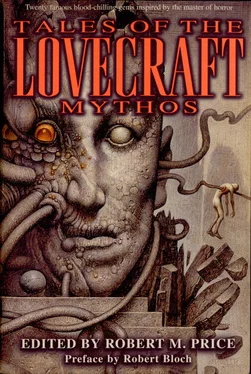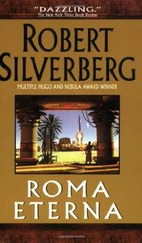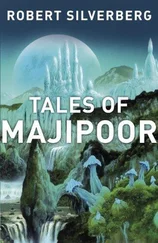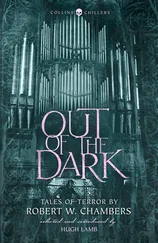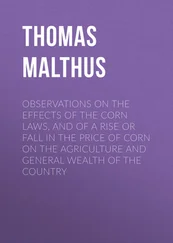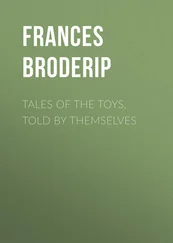E. Hoffmann Price’s “The Lord of Illusion” is a real literary surprise. It is the draft of the Price-Lovecraft collaboration “Through the Gates of the Silver Key.” The importance of Price’s original for the Lovecraft scholar should be obvious: it enables one to determine precisely who contributed what to the story. For lack of access to Price’s original, more than one scholar has mistaken what were really Price’s concepts for Lovecraft’s, in the process drawing erroneous inferences as to development in Lovecraft’s thought as seen in “Through the Gates of the Silver Key.” Even Maurice Levy’s monumental Lovecraft is not free of this confusion.
Here is Price’s own account of how “Through the Gates of the Silver Key” came to be written, taken from his memoir “The Man Who Was Lovecraft,” in Something About Cats :
One of my favorite HPL stories was, and still is, The Silver Key. In telling him of the pleasure I had had in rereading it, I suggested a sequel to account for Randolph Carter’s doings after his disappearance. Before long we had seriously resolved to undertake the task. Some months later, I wrote a six thousand word first draft. HPL courteously applauded, and then literally took pen in hand. He mailed me a fourteen thousand word elaboration, in the Lovecraft manner, of what I had sent him. I had bogged down, of course. The idea of doing a sequel to one of his stories was more fantastic than any fantasy he has ever written. When I deciphered his manuscript, I estimated that he had left unchanged fewer than fifty of my original words: one passage which he considered to be not only rich and colorful in its own right, but also compatible with the style of his own composition. He was of course right in discarding all but the basic outline.
But as you read Price’s original, you will see that Price had modestly overestimated the extent of Lovecraft’s revision. True, the result is a largely different tale, much augmented by HPL, but much of Price’s substructure remains. Price must in retrospect be assigned a greater share of credit for the finished tale than he was willing to accept. Incidentally, as can be surmised from the cliffhanger ending of “Through the Gates of the Silver Key,” the story looked forward to yet another sequel to resolve poor Carter’s fate. But by this time HPL (never really keen on Price’s original notion, as his letters to other correspondents make clear) was tired of the whole business and by no means willing to spend the time on a Part Three.
Finally, Fritz Leiber’s “To Arkham and the Stars,” a touching tribute to Lovecraft’s memory, written for inclusion in the 1966 Arkham House collection The Dark Brotherhood , is in a sense an elaborate joke, yet it is so finely wrought that one must consider it to be a serious Mythos story, at least as serious as the stories of August Derleth in which Lovecraft figures as a character in the fictional universe of the Mythos. It is most enjoyable in its own right, but beyond this it has proven to be a seminal Mythos tale, as in it we first see the depiction of Miskatonic University as having, as it were, a Mythos Studies Department.
Lovecraft had at most shown the ivy-covered walls harboring a famous collection of ancient and medieval occult works and a Department of Medieval Metaphysics. But the latter need denote no more than the study of Aquinas, Bonaventure and Averroes. It might brush up against Albertus Magnus and alchemy, and Alhazred might gain his toe-hold here. But Leiber’s Miskatonic is home to a formidable team of scholarly experts (most from experience) in the no-longer-secret Mythos: the surviving protagonists of Lovecraft’s own tales.
The same picture meets us again in Lin Carter’s “Zoth-Ommog,” Philip Jose Farmer’s “The Freshman,” and Brian Lumley’s novels of The Wilmarth Foundation ( The Burrowers Beneath, The Transition of Titus Crow, etc.). Indeed, in Farmer’s and Lumley’s tales, the seed planted by Leiber has attained fantastic growth. But it started here.
And all in all, perhaps the one thing the stories in the present collection illustrate over and over again is how the original name or notion that often reappears in subsequent Mythos fiction may have been quite modest in its intended scope, less than spectacular in its first effect. The single flake at the center of the growing snowball, as it were. And reading these original tales gives us the opportunity to appreciate the original, perhaps more subtle, impact made by these items, as well as to trace the whole process of Mythos evolution back to its Ubbo-Sathla-like sources. Herewith, the efts of the prime.
— Robert M. Price
The Thing on the Roof
ROBERT E. HOWARD
They lumber through the night
With their elephantine tread;
I shudder in affright
As I cower in my bed.
They lift colossal wings
On the high gable roofs
Which tremble to the trample
Of their mastodonic hoofs.
— Justin Geoffrey, Out of the Old Land
Let me begin by saying that I was surprized when Tussmann called on me. We had never been close friends; the man's mercenary instincts repelled me; and since our bitter controversy of three years before, when he attempted to discredit my Evidences of Nahua Culture in Yucatan , which was the result of years of careful research, our relations had been anything but cordial. However, I received him and found his manner hasty and abrupt, but rather abstracted, as if his dislike for me had been thrust aside in some driving passion that had hold of him.
His errand was quickly stated. He wished my aid in obtaining a volume in the first edition of Von Junzt's Nameless Cults -the edition known as the Black Book, not from its color, but because of its dark contents. He might almost as well have asked me for the original Greek translation of the Necronomicon .
Though since my return from Yucatan I had devoted practically all my time to my avocation of book collecting, I had not stumbled on to any hint that the book in the Düsseldorf edition was still in existence.
A word as to this rare work. Its extreme ambiguity in spots, coupled with its incredible subject matter, has caused it long to be regarded as the ravings of a maniac and the author was damned with the brand of insanity. But the fact remains that much of his assertions are unanswerable, and that he spent the full forty-five years of his life prying into strange places and discovering secret and abysmal things. Not a great many volumes were printed in the first edition and many of these were burned by their frightened owners when Von Junzt was found strangled in a mysterious manner, in his barred and bolted chamber one night in 1840, six months after he had returned from a mysterious journey to Mongolia.
Five years later a London printer, one Bridewall, pirated the work, and issued a cheap translation for sensational effect, full of grotesque wood-cuts, and riddled with misspellings, faulty translations and the usual errors of a cheap and unscholarly printing. This still further discredited the original work, and publishers and public forgot about the book until 1909 when the Golden Goblin Press of New York brought out an edition.
Their production was so carefully expurgated that fully a fourth of the original matter was cut out; the book was handsomely bound and decorated with the exquisite and weirdly imaginative illustrations of Diego Vasquez. The edition was intended for popular consumption but the artistic instinct of the publishers defeated that end, since the cost of issuing the book was so great that they were forced to cite it at a prohibitive price.
I was explaining all this to Tussmann when he interrupted brusquely to say that he was not utterly ignorant in such matters. One of the Golden Goblin books ornamented his library, he said, and it was in it that he found a certain line which aroused his interest. If I could procure him a copy of the original 1839 edition, he would make it worth my while; knowing, he added, that it would be useless to offer me money, he would, instead, in return for my trouble in his behalf, make a full retraction of his former accusations in regard to my Yucatan researches, and offer a complete apology in The Scientific News.
Читать дальше
